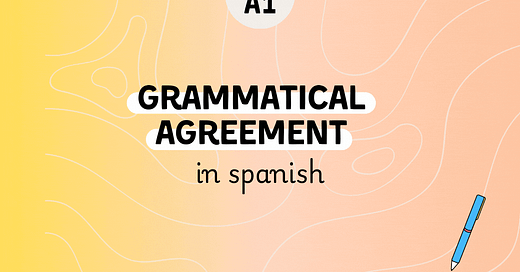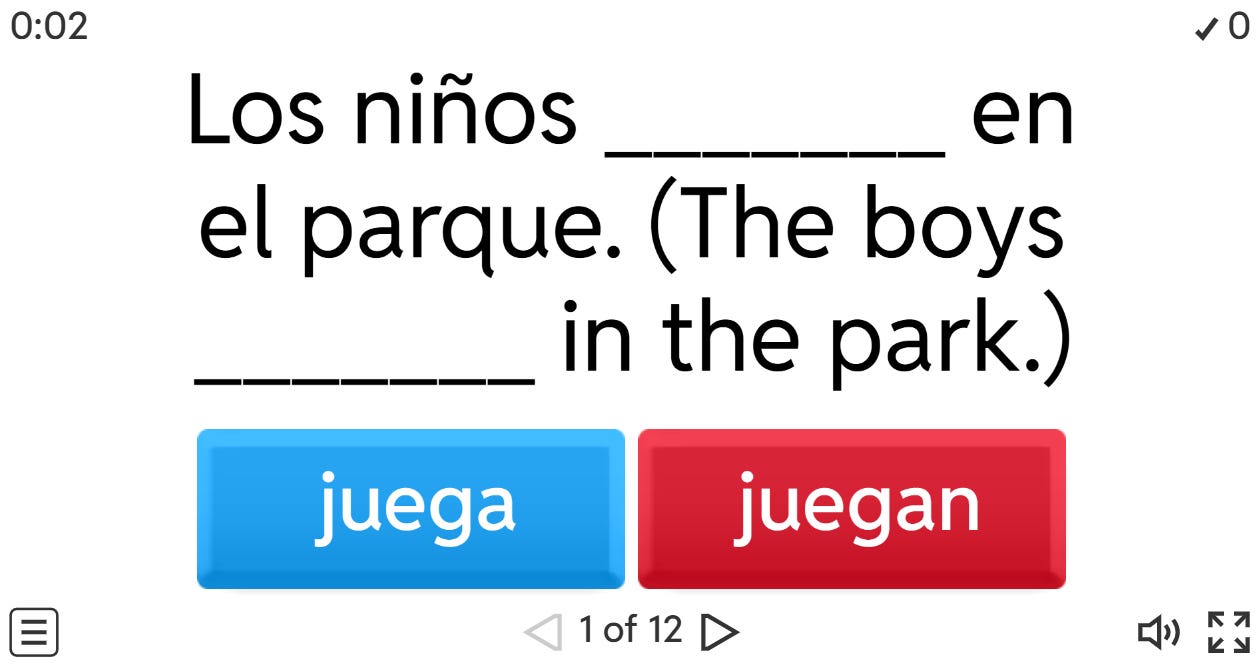Grammatical Agreement in Spanish: The Key to Fluent Sentences
What Is Concordancia Gramatical?
In Spanish, concordancia gramatical (grammatical agreement) is the rule that words within a sentence must match in gender and number. This rule applies mainly to nouns, adjectives, articles, and verbs. Understanding concordancia is essential for speaking and writing correctly in Spanish.
Types of Concordancia
1. Agreement Between Nouns and Adjectives
In Spanish, adjectives must agree in gender and number with the nouns they describe.
✅ Correct: Las casas grandes (The big houses)
❌ Incorrect: Las casas grande
✅ Correct: Un perro bonito (A beautiful dog)
❌ Incorrect: Un perro bonita
2. Agreement Between Articles and Nouns
Articles (el, la, los, las, un, una, unos, unas) must also match the noun in gender and number.
✅ Correct: La niña simpática (The nice girl)
❌ Incorrect: El niña simpática
✅ Correct: Unos coches nuevos (Some new cars)
❌ Incorrect: Unos coche nuevos
3. Agreement Between Subject and Verb
Verbs must agree with their subjects in number and person.
✅ Correct: Nosotros comemos pan. (We eat bread.)
❌ Incorrect: Nosotros come pan.
✅ Correct: Ellas estudian español. (They study Spanish.)
❌ Incorrect: Ellas estudia español.
Common Mistakes and How to Avoid Them
Mixing genders – Remember, el problema is masculine, not feminine.
Forgetting plural forms – Los niños felices (not Los niños feliz).
Ignoring subject-verb agreement – Él habla (not Él hablas).
Using the wrong article – La foto (not El foto).
Confusing irregular nouns – El agua fría (not El agua frío).
Practice Quiz 📝
Test your knowledge! Choose the correct answer for each sentence.
Click here to practice
🚀 Want to Learn More?
📅 Book a 1-on-1 Spanish Lesson with me! 👉 Click here to schedule!
🎥 Subscribe to My YouTube Channel for more fun lessons! 👉 Subscribe Now!






